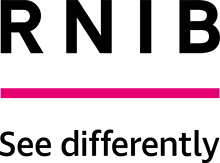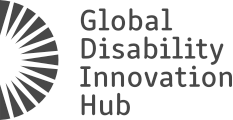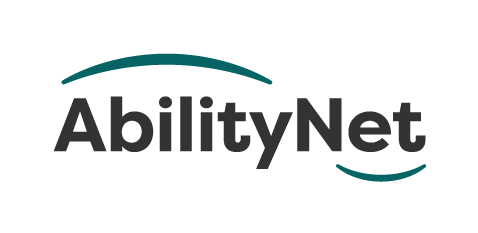A cross-sector initiative to make it easier, cheaper, and quicker to consistently create accessible digital experiences in higher education.
The Accessibility Passport is a collaboration between the University of Westminster, University College London (UCL), RNIB (Royal National Institute of Blind People), Ability Net, and the GDI Hub.
The first output of Accessibility Passport is our procurement guides and templates. These are intended to ensure that we ask the same questions of suppliers when procuring new digital systems and measure their responses consistently.
The accessibility in procurement guidance has been created in collaboration to ensure consistent world leading accessibility standards are embedded within all products or services to benefit everyone involved in its delivery. This is part of an ongoing relationship to make the UK Higher Education sector more inclusive and accessible to all.
By unifying our approaches to procurement accessibility, we can make a clear case to suppliers that accessibility is a core and non-negotiable requirement in all future purchasing decisions.
By following these guides and using the contract template you will help ensure accessibility standards are embedded within all products or services you procure. Version 1.0 is in active use at UCL and the University of Westminster, is already being adopted by several other universities, and has been reviewed by RNIB.
- Procurement accessibility guidance
- Accessibility in supplier contracts
- Reviewing procurement responses for accessibility
By sharing resources and key approaches we hope to:
- Remove duplicated effort
- Speak in unison to suppliers
- Share best practice across the sector
- Push the boundaries of Assistive Technology
- Work on a global scale
Accessibility Passport was launched at UCISA24 in March 2024 where the HE IT sector was asked to participate in the potential prioritisation of the roadmap for Accessibility Passport.
We are planning to build out the Accessibility Passport on Make Things Accessible in the following areas:
- More procurement guidelines and templates.
- Improving assurance for accessibility from other frameworks.
- Toolkits for self-assessment and prioritisation.
- Network for collaboration, support and partnerships.
- Supporting research in assistive technology and accessibility.
- Charter mark and accreditation like an accessibility alternative to the existing Cyber Essentials framework agreements for cyber security.
To keep up to date join our email list Accessibility Passport JISC Sign up by visiting JISCMail and clicking on the ‘Subscribe’ link.





